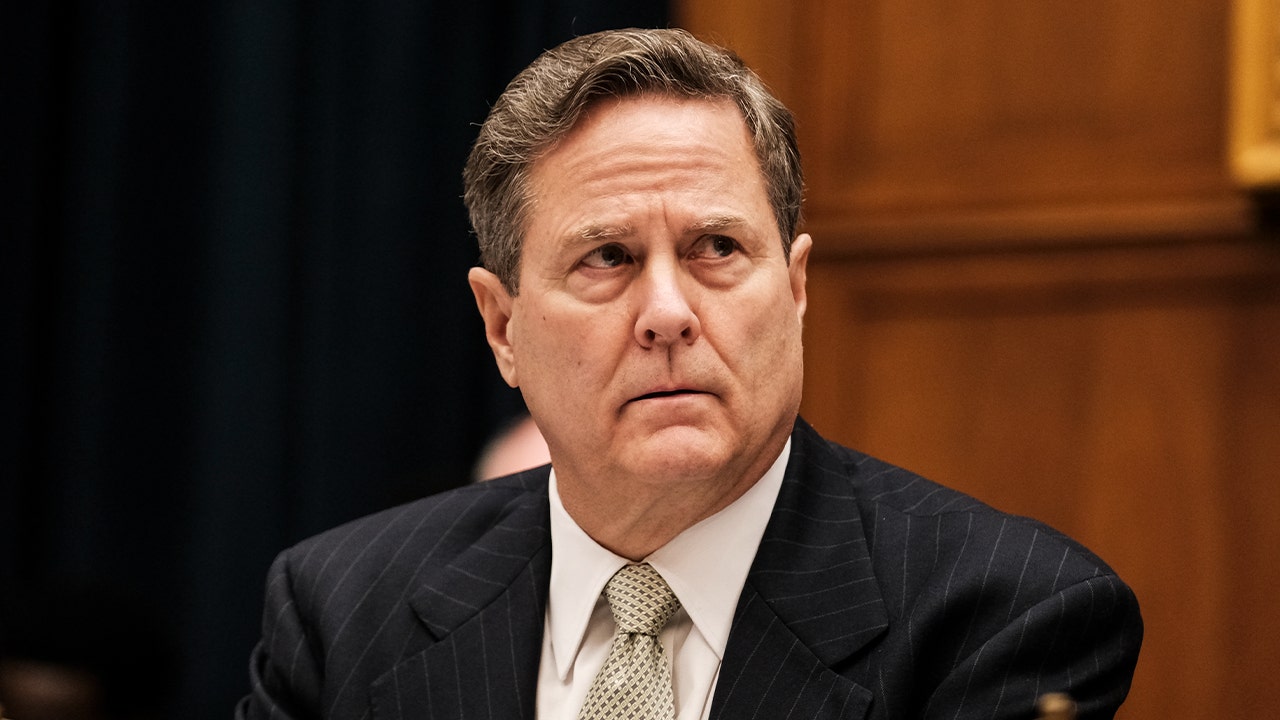An analysis of more than 100,000 images from the Hubble Space Telescope, conducted with the aid of artificial intelligence and hundreds of human volunteers, confirms that satellites including SpaceX’s Starlink spacecraft are increasingly interfering with astronomical observations.
The images used in the study, which is the subject of a paper published today by Nature Astronomy, largely predate the deployment of Starlink broadband internet satellites. But the trend line suggests that more and more satellites will cause more and more interference.
“This is an attempt to define a baseline before the swarm of artificial satellites for future follow-up studies of the impact of megaconstellations on space-based astronomy,” said the research team, which is led by Sandor Kruk of the Max Planck Institute for Extraterrestrial Physics in Germany.
SpaceX has more than 3,700 Starlink satellites in orbit, providing broadband internet access to subscribers around the globe. OneWeb has more than 500 satellites in its own broadband constellation. And Amazon’s Project Kuiper is planning to have the first two prototypes for what will eventually be a 3,236-satellite constellation launched by as early as in May. (The current launch date is May the Fourth, Star Wars Day.)
SpaceX’s Starlink satellites are manufactured at a facility in Redmond, Wash., and Amazon’s Project Kuiper operation is headquartered in Redmond as well.
Astronomers began raising concerns about the potential for interference shortly after the launch of the first batch of 60 Starlink satellites in 2019. But the newly published study, which relied on machine learning tools to identify satellite streaks in Hubble imagery, provides fresh metrics for the debate.
Aided in part by citizen scientists participating in the Hubble Asteroid Hunter project, Kruk and his colleagues determined that there were satellite streaks in about 2.8% of images from Hubble’s Advanced Camera for Surveys and Wide Field Camera during the 2002-2005 time frame. That figure rose to 4.3% for 2018-2021.
Overall, the researchers found that 2.7% of the individual Hubble exposures with a typical exposure time of 11 minutes were crossed by satellite trails, and that the percentage is increasing with time. The researchers said the issue “will need further close study and monitoring” as satellites multiply in low Earth orbit.
SpaceX and Amazon have not commented directly on the Nature Astronomy paper, but both companies say they are working to reduce the impact of satellite glare — for example, by using dark coatings on satellite components, or designing the satellites to cut down on reflected sunlight.
So far, astronomers have been able to correct Hubble images by layering multiple exposures. “These streaks are readily removed using standard data reduction techniques, and the majority of affected images are still usable,” The New York Times quoted a NASA spokesperson as saying. “Satellite streaks do not currently pose a significant threat to Hubble’s science efficiency and data analysis.”
But as more satellites are launched, the issue could become more pressing, for Hubble and other space telescopes. Satellite interference could become a fact of life for ground-based telescopes, and for future wide-field observatories destined for low Earth orbit. One such observatory is China’s Xuntian space telescope, which is scheduled for launch as early as this year. In contrast, In contrast, NASA’s James Webb Space Telescope would be unaffected, because it is placed far beyond Earth-orbiting satellites.
As for the Hubble Space Telescope, part of the problem has to do with the fact that the 33-year-old observatory is losing altitude due to atmospheric drag. “A lot of my followers think Hubble is still in its original 610-km-altitude orbit,” Jonathan McDowell, an astronomer at the Harvard-Smithsonian Center for Astrophysics who tracks orbital traffic, said in a series of tweets. “It is not. As a result, Hubble is JUST BELOW the main Starlink shells and constantly peering through them.”
For what it’s worth, SpaceX and NASA are looking into the possibility of reboosting Hubble to a more sustainable orbit, in collaboration with a privately funded space effort called the Polaris Program.
“Starlink is not the problem,” Shift4 CEO Jared Isaacman, the billionaire founder of the Polaris Program, said in a tweet. “Starlink will connect previously disconnected communities all over the world. It is a big step to solving many [global] challenges. The problem is, Hubble’s orbit is decaying … but good news, there is a solution.”
The authors of the Nature Astronomy study, “The Impact of Satellite Trails on Hubble Space Telescope Observations,” include Kruk as well as Pablo Garcia-Martin, Marcel Popescu, Ben Aussel, Steven Dillmann, Megan Perks, Tamina Lund, Bruno Merin, Ross Thomson, Samet Karadag and Mark McCaughrean.




















Discussion about this post